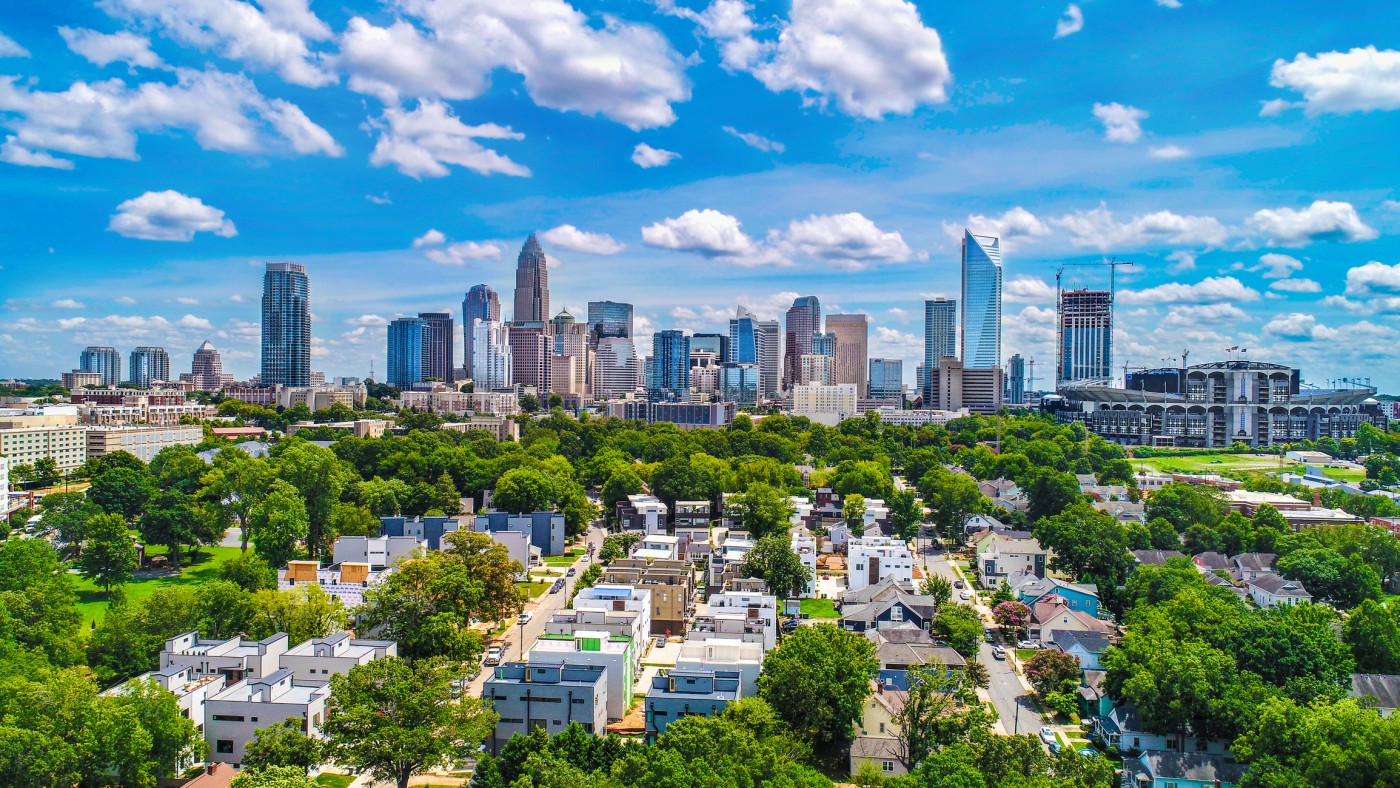The transportation sector is our nation’s largest contributor of climate-disrupting emissions, which makes slashing vehicle emissions an essential part of meeting our climate goals. For decades, automakers—like oil companies—knew about climate change and continued to manufacture gas guzzlers. But finally, there is now major momentum in the US around federal investment in electric vehicles (EVs). EVs’ moment in the spotlight has been a long time coming, and there should be no question we need EVs to help combat the climate crisis.
But plugging into EVs is not enough. We must advocate for multiple levers of change to quickly slash climate and air pollution while making it easier for people to access their jobs, schools, and healthcare. We can’t allow ourselves to fall into the false dichotomy that so often plays out in the clean transportation advocacy space. There’s no need to pit electric vehicles against public transit and active transportation options like walking and biking. When it comes to transforming transportation in the US, we cannot advocate from a space of scarcity. We need it all.
We need to reduce the number of single-passenger vehicles on roads and ensure manufacturers are exclusively producing electric cars, trucks and buses. We need to do this while making sure public transit is reliable and our city streets are safe for people to walk and bike on.
For the five years I lived in Washington, D.C., the way I got around was multimodal (a wonky transportation term that means getting from A to B through multiple ways of transportation). I took a bus, a bike share, or an electric scooter to get to work, run errands, and to get to my intramural softball games. I was lucky to be able to move around the city without needing a car.
When I moved to Charlotte, North Carolina, a couple of years ago, that was no longer possible: 93 percent of residents own cars in our sprawling city. While Charlotte’s transportation network wasn’t designed with pedestrians in mind, after it became clear that I would be working from home for the foreseeable future due to the pandemic, I donated my car to my local NPR station. And without it, the lack of pedestrian and transit infrastructure in Charlotte came into stark focus.
Over the last two years, I’ve been a public advocate for the Charlotte Future 2040 Comprehensive Plan, which is the first comprehensive planning process Charlotte has undertaken in my lifetime. The purpose of the plan is to create more livable, sustainable, and affordable neighborhoods while centering equity. Concepts like environmental sustainability and 10-minute neighborhoods (meaning that residents can walk short distances from home to destinations that meet their daily needs) are a significant part of the plan. I attended open houses, workshops, and a Q&A session with city planners. My favorite event was the “Back to the Future” drive-in movie screening and workshop that helped attendees envision what we wanted to see in our city by 2040.

Rebekah's dog Willow demonstrating her support for the Charlotte Future 2040 Comprehensive Plan
At the same time, Charlotte is building more “complete streets” with protected bike lanes, wider sidewalks, and intentional design to meet the city’s “Vision Zero” goal to make the city safer for pedestrians and bikers, reducing the number of cars on the road.
The reality is that many people continue to rely on cars because American landscapes were built to center the automobile, and that’s not changing anytime soon. But the climate crisis won’t wait: In areas where people will continue to need to drive, we must electrify cars as soon as possible. We must envision a country that prioritizes density in neighborhoods so that people can live closer to where they work, shop, and go to school. We must push our government to invest in reliable public transit so riders know they will arrive on time.
North Carolina is expected to receive over $910 million in public transportation funding from the Infrastructure Investment and Jobs Act that Congress passed in November. That should be the beginning, not the end, of investments into the many forms of transit it will take to build a clean transportation future.
Isn’t that worth fighting for? I think so—and I bet others do too.
